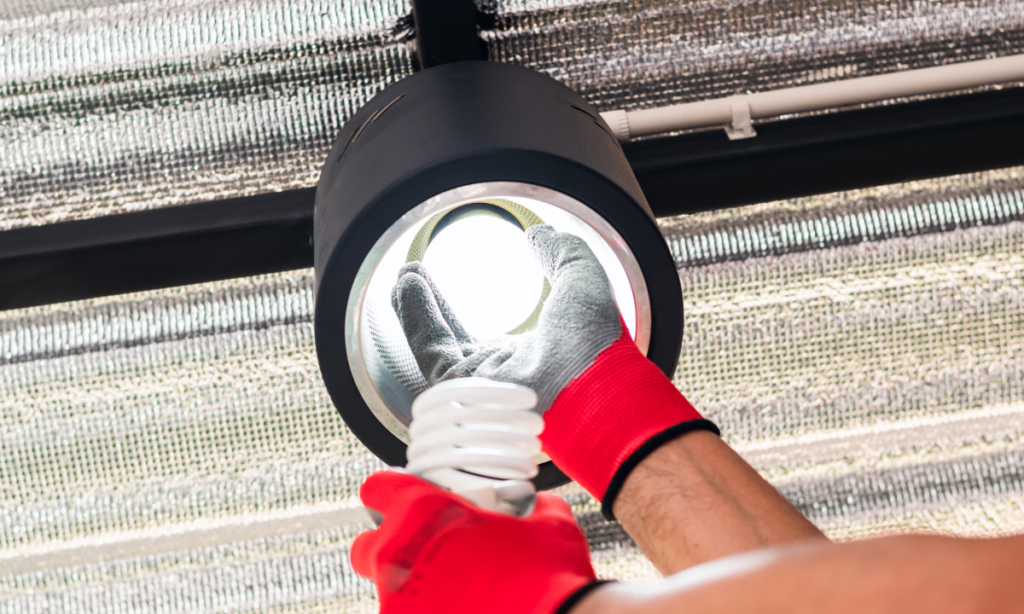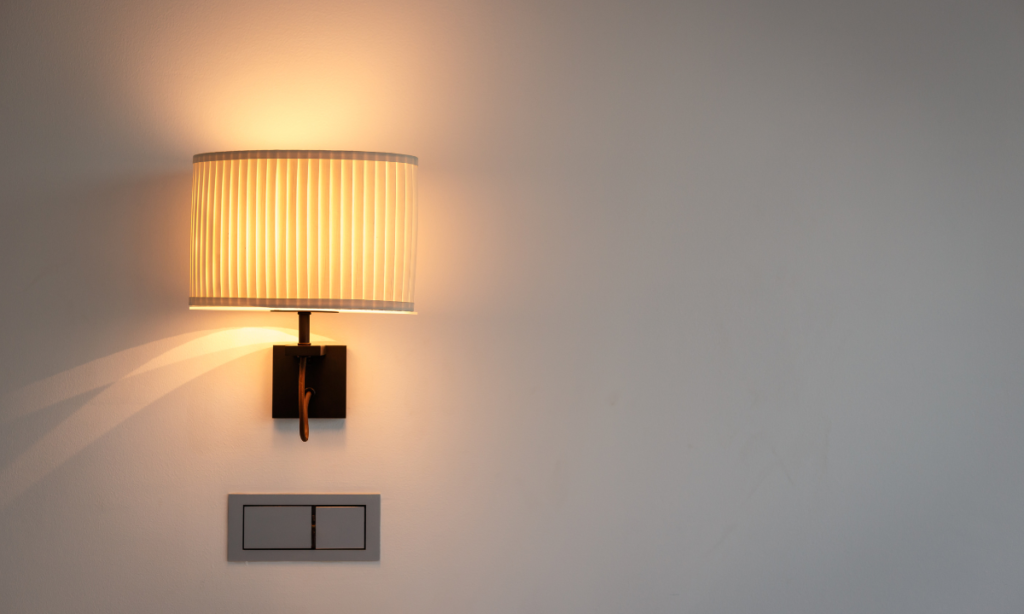“I like the star glow coming from my light,” said Dickson. Nightlights and lamps offer a comforting glow for children at night, allowing parents to check on them without disrupting sleep. However, improper use can pose risks. This post has essential tips for safely using nightlights and lamps in kids’ rooms, ensuring a cozy environment while minimizing hazards.
In an interview with Mr. Peterson, he said, “Growing up, I had nyctophobia, so I decided my kids would not face that challenge; that is why I fixed a safe light as soon as Mike was born.”
Choose child-safe nightlights and lamps

When shopping for nightlights and lamps for your child’s room, prioritize safety features:
- Look for products that are UL-certified, ensuring they meet safety standards.
- Choose LED or cool-to-touch bulbs to minimize burn risks.
- Select lamps with stable bases or securely attached nightlights to avoid tipping.
- Opt for fixtures with shades to protect bulbs from curious hands.
Place lights in safe locations

The placement of nightlights and lamps is crucial for safety.
To avoid fire hazards, keep lamps away from flammable materials such as curtains and bedding. Ensure they’re out of reach of small children; consider high shelves or wall mounts for lamps; and use secure outlet nightlights.
Avoid overloading outlets

Electrical outlets have a power limit, and overloading them can lead to overheating and fires. To avoid these hazards:
- Only plug essential items like a nightlight or lamp directly into the wall. Avoid using extension cords or power strips in your child’s room.
- Always check for signs of damage, such as burn marks or a burning smell; should any issues arise, stop using the outlet and consult an electrician.
Use timers or motion sensors

Consider using timers or motion sensors.
- Timers can automatically turn off the light after a set period, which is useful for helping your child fall asleep without needing manual control.
- Motion Sensors activate the light only when movement is detected, providing safety and conserving energy by turning it off when not in use.
Keep lighting fixtures clean

Mary shared her cleaning experience: “I noticed my lamp glow was getting dull day after day. I decided to do a thorough clean-up, and I never knew my lamp had so much dirt. Dust and dirt can build up on lamps and nightlights, blocking vents and causing overheating. Regular cleaning keeps them safe and functional.
- Always unplug before cleaning to avoid electric shock. Use a dry or slightly damp cloth to wipe off dust.
- While cleaning, inspect electrical cords for fraying or exposed wire. Replace damaged cords or lamps immediately to prevent hazards.
Opt for battery-powered nightlights

Make use of battery-powered nightlights instead of plug-in models to eliminate electrical shock risks and reduce cord hazards in kids’ rooms
- Rechargeable batteries are eco-friendly and cost-effective; always follow the manufacturer’s guidelines.
- Many battery-powered nightlights use energy-efficient LED technology, making them safer and cool to the touch.
Educate your child on lamp and nightlight safety.

As kids grow, they should be taught that using lamps and nightlights can help prevent accidents. Even if your child doesn’t fully understand the dangers of electricity yet, simple rules can greatly enhance safety.
- Teach your child never to touch a lamp or bulb while it’s on. Even LED bulbs can become warm; they must know how to avoid contact with electrical fixtures.
- Encourage your child to keep toys, blankets, and pillows away from lamps and nightlights. This helps prevent overheating and reduces the risk of fire hazards.
- As kids grow, they should be taught to turn off lamps when they leave a room. This habit promotes safety and encourages better energy-saving practices.
Conclusion
By following these tips for safely using nightlights and lamps in children’s rooms, you can create a cozy and secure environment that encourages restful sleep and provides peace of mind.








